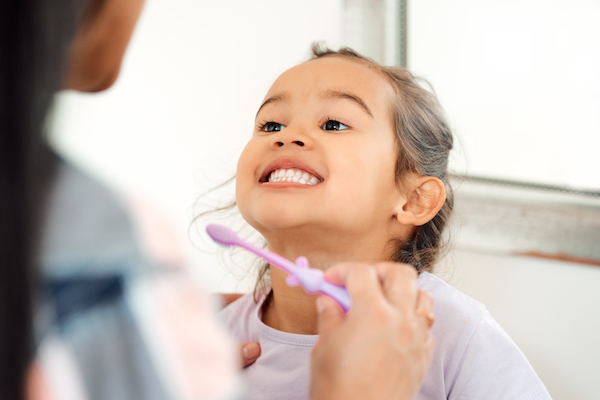Brushing Your Child's Teeth
Brushing with fluoride toothpaste helps prevent tooth decay (cavities). Learn when to begin brushing a child’s teeth and how often.
 Tooth decay is the most common childhood disease, but it's preventable. Children with dental pain can have trouble speaking clearly, eating, and learning. Resources in this collection cover the health of the mouth including the teeth, gums, and oral-facial system that allows us to smile, speak, and chew.
Tooth decay is the most common childhood disease, but it's preventable. Children with dental pain can have trouble speaking clearly, eating, and learning. Resources in this collection cover the health of the mouth including the teeth, gums, and oral-facial system that allows us to smile, speak, and chew.
These resources highlight some of the most common diseases that affect oral health, including tooth decay, gum disease, and oral cancer.
Brushing with fluoride toothpaste helps prevent tooth decay (cavities). Learn when to begin brushing a child’s teeth and how often.
Toothbrushing at the classroom table is a quicker, more structured way to have children brush than individually at the sink. In this video, learn how to prepare, model, clean up, and store supplies.
Find social media messages and graphics to help spread the word about good oral health practices.
There are several important ways to make teeth strong and prevent tooth decay. These include drinking tap (faucet) water with fluoride, brushing with fluoride toothpaste, and having a health professional apply fluoride varnish.
A baby’s teeth start coming in at about 6 to 10 months old and it’s important to take care of their teeth. Learn about what you can do to keep baby teeth healthy.
Some children with disabilities need extra help brushing their teeth. Learn about different ways to position a child for brushing.
Some children with disabilities need extra help brushing their teeth. Learn about different ways to position a child for brushing.